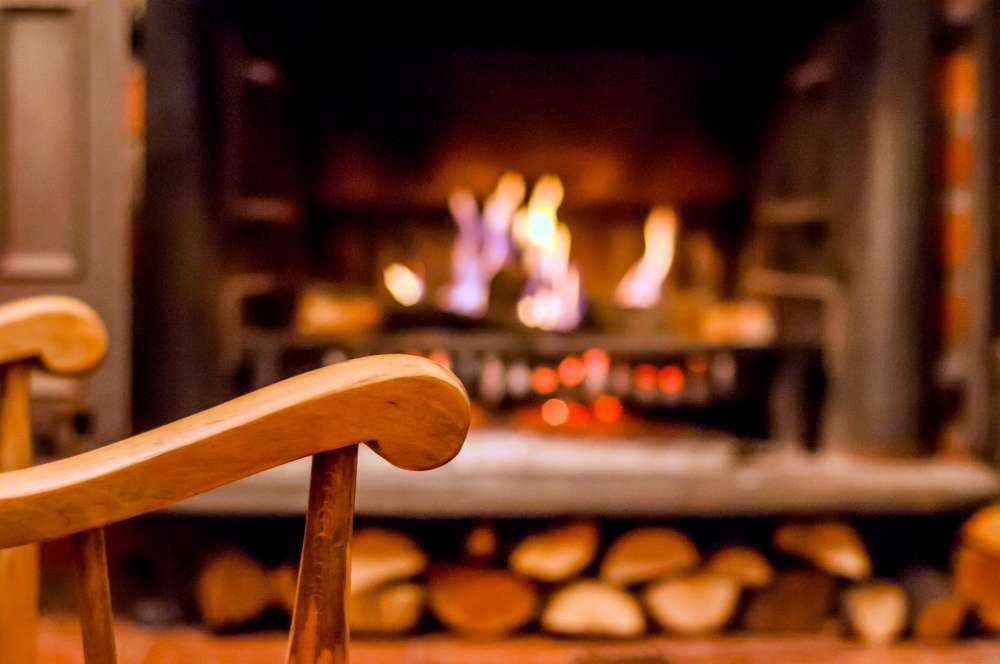In the comfort of our homes, we often overlook the small details that can impact our lives. One such detail revolves around everyday household items that, unbeknownst to many, could void your home insurance policy. This revelation often comes too late, leaving homeowners in a precarious situation when it’s time to file a claim. To prevent this from happening, it’s crucial to understand which items could put you at risk and the steps you can take to mitigate these risks.
The Hidden Risks in Your Home
Home insurance policies offer peace of mind by providing a safety net in an emergency, whether natural or due to human error. However, under the fine print of these policies are clauses that can nullify your coverage based on the presence or use of certain household items. These items, ranging from the mundane to the slightly more exotic, can pose significant risks that insurance companies are wary of.
1. Trampolines
A staple of many American backyards, trampolines are a source of joy and exercise for children and adults alike. However, insurance providers view them as a high-risk item due to the potential for injury. Some insurers may not cover incidents related to trampoline injuries, or they might require additional liability coverage. In the worst-case scenario, owning a trampoline without notifying your insurer could void your entire policy.
2. Certain Dog Breeds
Pet ownership enriches our lives, yet surprisingly, owning certain dog breeds can complicate your home insurance situation. Breeds that are perceived as more aggressive or have a history of biting may lead to higher premiums or exclusion from liability coverage for dog bites. In extreme cases, owning a breed that your insurer blacklists could invalidate your policy if an incident occurs.
3. Wood-Burning Stoves
While a wood-burning stove can add a cozy ambiance to your home, insurance companies also see it as a fire hazard. If you install a wood-burning stove without notifying your insurer, you might not be covered in the event of a fire. Insurance providers may require an inspection or certification for the furnace to ensure it meets safety standards.
4. Pools
Swimming pools, especially those without proper safety features like fences and covers, significantly increase the risk of accidents and liability claims. Not disclosing the existence of a pool or failing to adhere to safety regulations can lead to denied claims or policy cancellation.
What Can You Do?
Communicate with Your Insurance Provider
Open communication with your insurance provider is the first step in mitigating these risks. Inform them about any significant changes to your property or lifestyle that could affect your policy. It’s better to adjust your coverage preemptively than to find out you’re not covered when you need it most.
Review and Update Your Policy Regularly
Life changes, and so do your insurance needs. Regularly reviewing your policy ensures that your coverage matches your current situation. This is also an excellent opportunity to discuss coverage gaps with your insurance representative.
Implement Safety Measures
Proactively lowering the hazards connected to high-risk items can make your home safer and more insurable. For instance, installing a fence around your pool or adhering to safety regulations for your wood-burning stove can lower the chances of accidents and claims.
The safety net your home insurance policy provides can become compromised by the presence of common household items. By being proactive, communicating with your insurer, and taking necessary safety measures, you can protect your home and ensure your insurance coverage remains intact. Refrain from letting the fine print catch you by surprise. Take action now, and consider contacting a professional to review your policy and your home’s potential risks. This isn’t just about insurance; it’s about securing the safety and financial stability of your home and loved ones.







